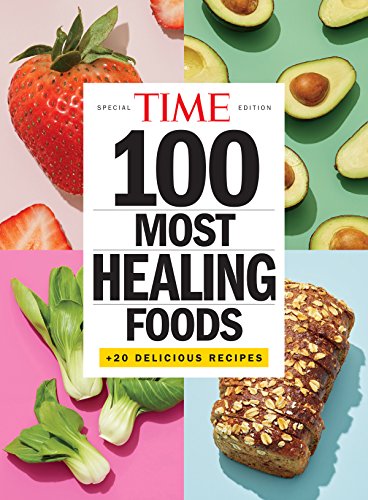From: https://www.bbc.com/future/article/20180126-the-100-most-nutritious-foods
After analysing more than 1,000 raw foods, researchers ranked the ingredients that provide the best balance of your daily nutritional requirements – and they found a few surprises.
Article continues belowA
As many countries urge populations to stay at home, many of us are paying more attention to our diets and how the food we eat can support our health. To help sort out the fact from the fiction, BBC Future is updating some of our most popular nutrition stories from our archive.
Our colleagues at BBC Good Food are focusing on practical solutions for ingredient swaps, nutritious storecupboard recipes and all aspects of cooking and eating during lockdown.
Imagine the ideal food. One that contains all the nutrients necessary to meet, but not exceed, our daily nutrient demands. If such a food existed, consuming it, without eating any other, would provide the optimal nutritional balance for our body.
Such a food does not exist. But we can do the next best thing.
The key is to eat a balance of highly nutritional foods, that when consumed together, do not contain too much of any one nutrient, to avoid exceeding daily recommended amounts. That’s especially important when we are thrown out of our usual routines, as so many have been with enforced isolation during the current pandemic.
Scientists studied more than 1,000 foods, assigning each a nutritional score. The higher the score, the more likely each food would meet, but not exceed your daily nutritional needs, when eaten in combination with others.
Calculated and ranked by scientists, these are the 100 most nutritious foods:https://emp.bbc.com/emp/SMPj/2.32.9/iframe.htmlA short guide to the 100 most nutritious foods
Please note: a few of the foods listed are endangered species, which we would not recommend. We would advise researching the provenance of all ingredients if buying them yourself.
100. SWEET POTATO (v)
86kcal, $0.21, per 100g
A bright orange tuber, sweet potatoes are only distantly related to potatoes. They are rich in beta-carotene.
NUTRITIONAL SCORE: 49
99. FIGS (v)
249kcal, $0.81, per 100g
Figs have been cultivated since ancient times. Eaten fresh or dried, they are rich in the mineral manganese.
NUTRITIONAL SCORE: 49
98. GINGER (v)
80kcal, $0.85, per 100g
Ginger contains high levels of antioxidants. In medicine, it is used as a digestive stimulant and to treat colds.
NUTRITIONAL SCORE: 49
97. PUMPKIN (v)
26kcal, $0.20, per 100g
Pumpkins are rich in yellow and orange pigments. Especially xanthophyll esters and beta-carotene.
NUTRITIONAL SCORE: 50
96. BURDOCK ROOT (v)
72kcal, $1.98, per 100g
Used in folk medicine and as a vegetable, studies suggest burdock can aid fat loss and limit inflammation.
NUTRITIONAL SCORE: 50
95. BRUSSELS SPROUTS (v)
43kcal, $0.35, per 100g
A type of cabbage. Brussels sprouts originated in Brussels in the 1500s. They are rich in calcium and vitamin C.
NUTRITIONAL SCORE: 50
94. BROCCOLI (v)
34kcal, $0.42, per 100g
Broccoli heads consist of immature flower buds and stems. US consumption has risen five-fold in 50 years.
NUTRITIONAL SCORE: 50
93. CAULIFLOWER (v)
31kcal, $0.44, per 100g
Unlike broccoli, cauliflower heads are degenerate shoot tips that are frequently white, lacking green chlorophyll.
NUTRITIONAL SCORE: 50
92. WATER CHESTNUTS (v)
97kcal, $1.50, per 100g
The water chestnut is not a nut at all, but an aquatic vegetable that grows in mud underwater within marshes.
NUTRITIONAL SCORE: 50
91. CANTALOUPE MELONS (v)
34kcal, $0.27, per 100g
One of the foods richest in glutathione, an antioxidant that protects cells from toxins including free radicals.
NUTRITIONAL SCORE: 50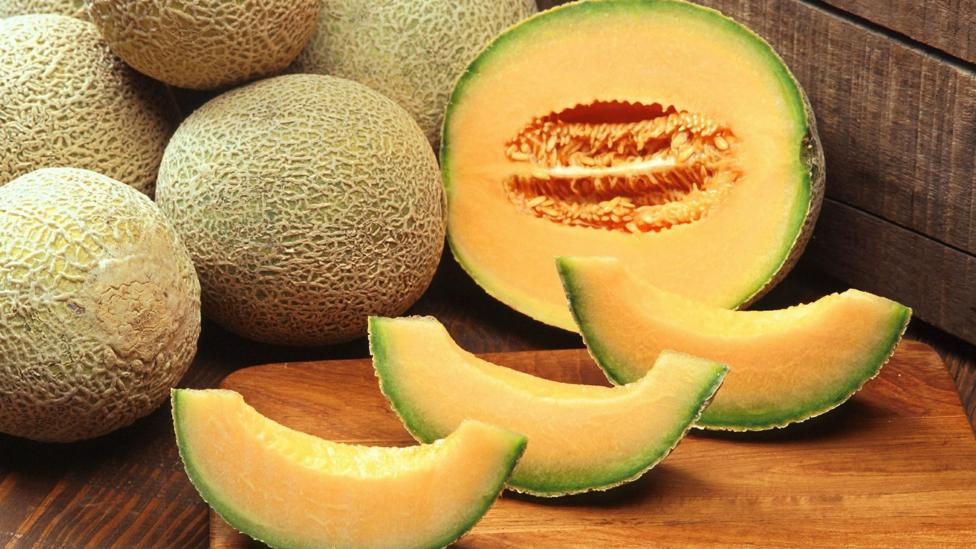
Cantaloupe melon – rich in antioxidants
90. PRUNES (v)
240kcal, $0.44, per 100g
Dried plums are very rich in health-promoting nutrients such as antioxidants and anthocyanins.
NUTRITIONAL SCORE: 50
89. COMMON OCTOPUS
82kcal, $1.50, per 100g
Though nutritious, recent evidence suggests octopus can carry harmful shellfish toxins and allergens.
NUTRITIONAL SCORE: 50
88. CARROTS (v)
36kcal, $0.40, per 100g
Carrots first appeared in Afghanistan 1,100 years ago. Orange carrots were grown in Europe in the 1500s.
NUTRITIONAL SCORE: 51
87. WINTER SQUASH (v)
34kcal, $0.24, per 100g
Unlike summer squashes, winter squashes are eaten in the mature fruit stage. The hard rind is usually not eaten.
NUTRITIONAL SCORE: 51
86. JALAPENO PEPPERS (v)
29kcal, $0.66, per 100g
The same species as other peppers. Carotenoid levels are 35 times higher in red jalapenos that have ripened.
NUTRITIONAL SCORE: 51
85. RHUBARB (v)
21kcal, $1.47, per 100g
Rhubarb is rich in minerals, vitamins, fibre and natural phytochemicals that have a role in maintaining health.
NUTRITIONAL SCORE: 51
84. POMEGRANATES (v)
83kcal, $1.31, per 100g
Their red and purple colour is produced by anthocyanins that have antioxidant and anti-inflammatory properties.
NUTRITIONAL SCORE: 51
83. RED CURRANTS (v)
56kcal, $0.44, per 100g
Red currants are also rich in anthocyanins. White currants are the same species as red, whereas black currants differ.
NUTRITIONAL SCORE: 51
82. ORANGES (v)
46kcal, $0.37, per 100g
Most citrus fruits grown worldwide are oranges. In many varieties, acidity declines with fruit ripeness.
NUTRITIONAL SCORE: 51
81. CARP
127kcal, $1.40, per 100g
A high proportion of carp is protein, around 18%. Just under 6% is fat, and the fish contains zero sugar.
NUTRITIONAL SCORE: 51
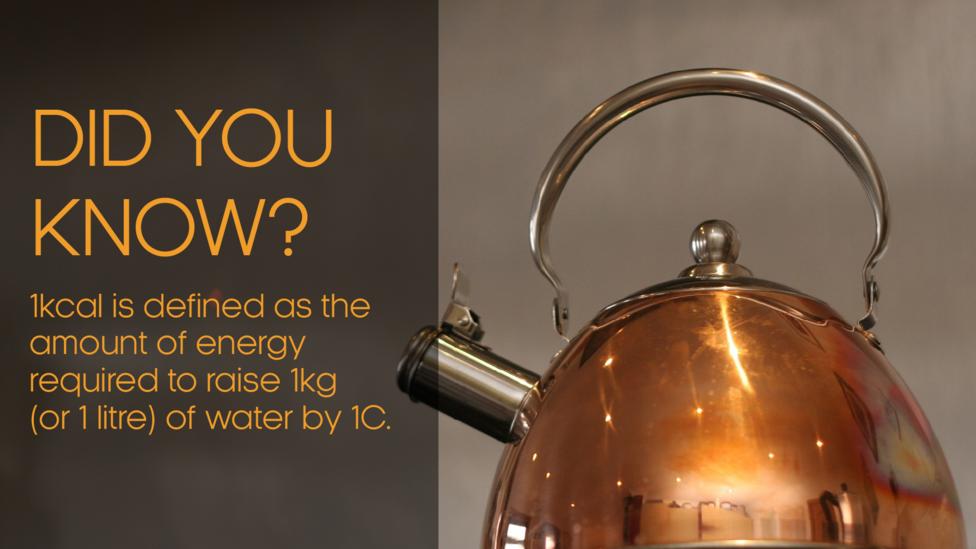
80. HUBBARD SQUASH (v)
40kcal, $8.77, per 100g
A variety of the species Cucurbita maxim. Tear-drop shaped, they are often cooked in lieu of pumpkins.
NUTRITIONAL SCORE: 52
79. KUMQUATS (v)
71kcal, $0.69, per 100g
An unusual citrus fruit, kumquats lack a pith inside and their tender rind is not separate like an orange peel.
NUTRITIONAL SCORE: 52
78. POMPANO
164kcal, $1.44, per 100g
Often called jacks, Florida pompanos are frequently-caught western Atlantic fish usually weighing under 2kg.
NUTRITIONAL SCORE: 52
77. PINK SALMON
127kcal, $1.19, per 100g
These fish are rich in long-chain fatty acids, such as omega-3s, that improve blood cholesterol levels.
NUTRITIONAL SCORE: 52
76. SOUR CHERRIES (v)
50kcal, $0.58, per 100g
Sour cherries (Prunus cerasus) are a different species to sweet cherries (P. avium). Usually processed or frozen.
NUTRITIONAL SCORE: 53
75. RAINBOW TROUT
141kcal, $3.08, per 100g
Closely related to salmon, rainbow trout are medium-sized Pacific fish also rich in omega-3s.
NUTRITIONAL SCORE: 53
74. PERCH
91kcal, $1.54, per 100g
Pregnant and lactating women are advised not to eat perch. Though nutritious, it may contain traces of mercury.
NUTRITIONAL SCORE: 53
73. GREEN BEANS (v)
31kcal, $0.28, per 100g
Green beans, known as string, snap or French beans, are rich in saponins, thought to reduce cholesterol levels.
NUTRITIONAL SCORE: 54
72. RED LEAF LETTUCE (v)
16kcal, $1.55, per 100g
Evidence suggests lettuce was cultivated before 4500 BC. It contains almost no fat or sugar and is high in calcium.
NUTRITIONAL SCORE: 54
71. LEEKS (v)
61kcal, $1.83, per 100g
Leeks are closely related to onions, shallots, chives and garlic. Their wild ancestor grows around the Mediterranean basin.
NUTRITIONAL SCORE: 54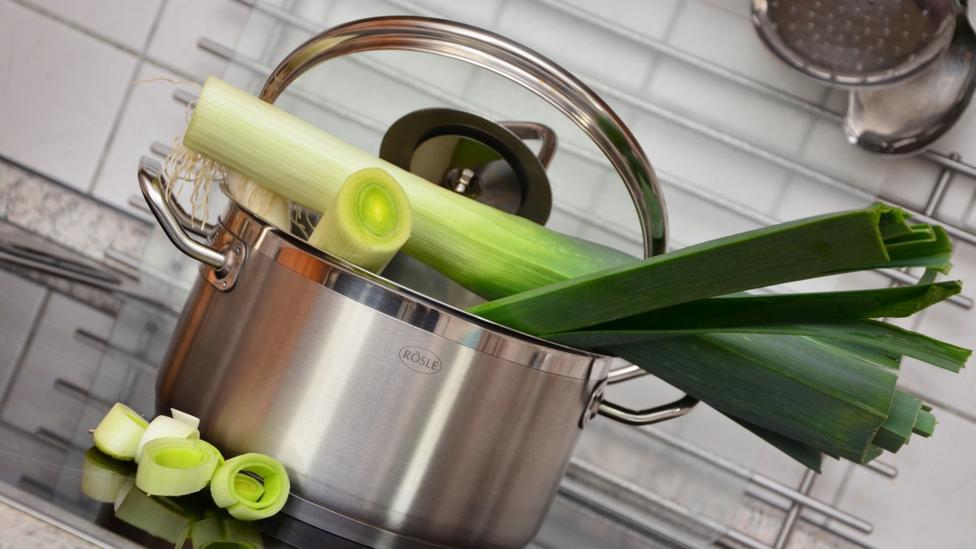
Rolled out leeks can make a healthier lasagne than using pasta sheets
70. CAYENNE PEPPER (v)
318kcal, $22.19, per 100g
Powdered cayenne pepper is produced from a unique cultivar of the pepper species Capsicum annuum.
NUTRITIONAL SCORE: 54
69. GREEN KIWIFRUIT (v)
61kcal, $0.22, per 100g
Kiwifruit are native to China. Missionaries took them to New Zealand in the early 1900s, where they were domesticated.
NUTRITIONAL SCORE: 54
68. GOLDEN KIWIFRUIT (v)
63kcal, $0.22, per 100g
Kiwifruits are edible berries rich in potassium and magnesium. Some golden kiwifruits have a red centre.
NUTRITIONAL SCORE: 54
67. GRAPEFRUIT (v)
32kcal, $0.27, per 100g
Grapefruits (Citrus paradisi) originated in the West Indies as a hybrid of the larger pomelo fruit.
NUTRITIONAL SCORE: 54
66. MACKEREL
139kcal, $2.94, per 100g
An oily fish, one serving can provide over 10 times more beneficial fatty acids than a serving of a lean fish such as cod.
NUTRITIONAL SCORE: 54
65. SOCKEYE SALMON
131kcal, $3.51, per 100g
Another oily fish, rich in cholesterol-lowering fatty acids. Canned salmon with bones is a source of calcium.
NUTRITIONAL SCORE: 54
64. ARUGULA (v)
25kcal, $0.48, per 100g
A salad leaf, known as rocket. High levels of glucosinolates protect against cancer and cardiovascular disease.
NUTRITIONAL SCORE: 55
63. CHIVES (v)
25kcal, $0.22, per 100g
Though low in energy, chives are high in vitamins A and K. The green leaves contain a range of beneficial antioxidants.
NUTRITIONAL SCORE: 55
62. PAPRIKA (v)
282kcal, $1.54, per 100g
Also extracted from the pepper species Capsicum annuum. A spice rich in ascorbic acid, an antioxidant.
NUTRITIONAL SCORE: 55
61. RED TOMATOES (v)
18kcal, $0.15, per 100g
A low-energy, nutrient-dense food that are an excellent source of folate, potassium and vitamins A, C and E.
NUTRITIONAL SCORE: 56
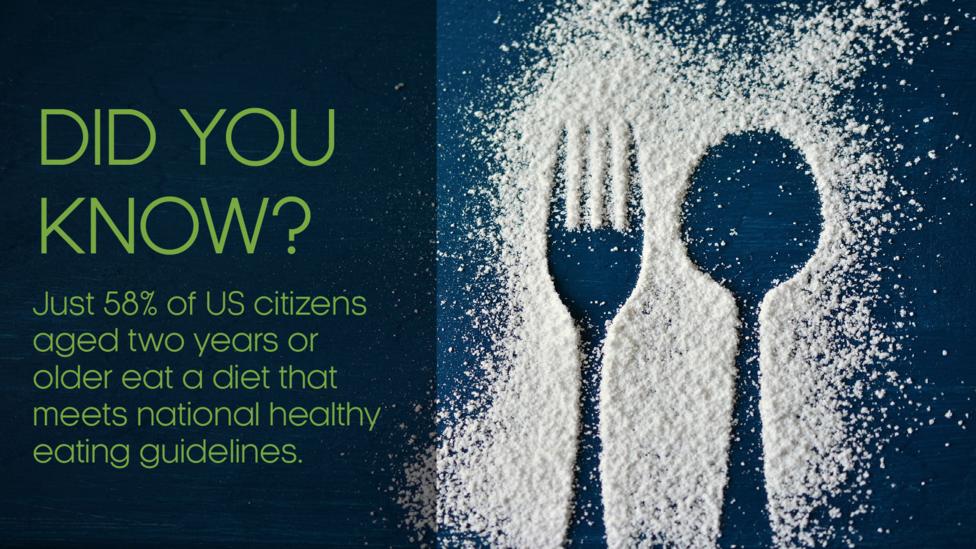
60. GREEN TOMATOES (v)
23kcal, $0.33, per 100g
Fruit that has not yet ripened or turned red. Consumption of tomatoes is associated with a decreased cancer risk.
NUTRITIONAL SCORE: 56
59. GREEN LETTUCE (v)
15kcal, $1.55, per 100g
The cultivated lettuce (Lactuca sativa) is related to wild lettuce (L. serriola), a common weed in the US.
NUTRITIONAL SCORE: 56
58. TARO LEAVES (v)
42kcal, $2.19, per 100g
Young taro leaves are relatively high in protein, containing more than the commonly eaten taro root.
NUTRITIONAL SCORE: 56
57. LIMA BEANS (v)
106kcal, $0.50, per 100g
Also known as butter beans, lima beans are high in carbohydrate, protein and manganese, while low in fat.
NUTRITIONAL SCORE: 56
56. EEL
184kcal, $2.43, per 100g
A good source of riboflavin (vitamin B2), though the skin mucus of eels can contain harmful marine toxins.
NUTRITIONAL SCORE: 56
55. BLUEFIN TUNA
144kcal, $2.13, per 100g
A large fish, rich in omega-3s. Pregnant women are advised to limit their intake, due to mercury contamination.
NUTRITIONAL SCORE: 56
54. COHO SALMON
146kcal, $0.86, per 100g
A Pacific species also known as silver salmon. Relatively high levels of fat, as well as long-chain fatty acids.
NUTRITIONAL SCORE: 56
53. SUMMER SQUASH (v)
17kcal, $0.22, per 100g
Harvested when immature, while the rind is still tender and edible. Its name refers to its short storage life.
NUTRITIONAL SCORE: 57
52. NAVY BEANS (v)
337kcal, $0.49, per 100g
Also known as haricot or pea beans. The fibre in navy beans has been correlated with the reduction of colon cancer.
NUTRITIONAL SCORE: 57
51. PLANTAIN (v)
122kcal, $0.38, per 100g
Banana fruits with a variety of antioxidant, antimicrobial, hypoglycaemic and anti-diabetic properties.
NUTRITIONAL SCORE: 57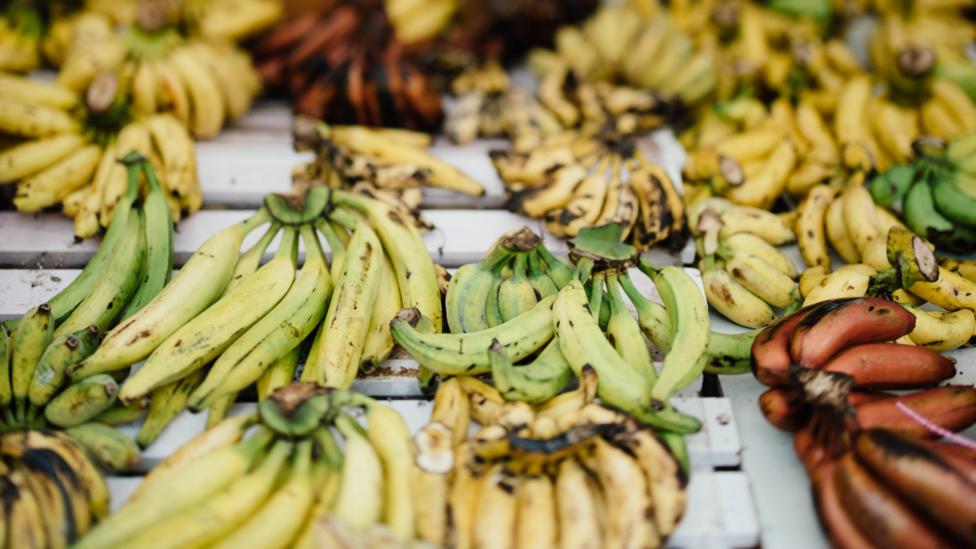
Plantain, a variety of banana fruit
50. PODDED PEAS (v)
42kcal, $0.62, per 100g
Peas are an excellent source of protein, carbohydrates, dietary fibre, minerals and water-soluble vitamins.
NUTRITIONAL SCORE: 58
49. COWPEAS (v)
44kcal, $0.68, per 100g
Also called black-eyed peas. As with many legumes, high in carbohydrate, containing more protein than cereals.
NUTRITIONAL SCORE: 58
48. BUTTER LETTUCE (v)
13kcal, $0.39, per 100g
Also known as butterhead lettuce, and including Boston and bib varieties. Few calories. Popular in Europe.
NUTRITIONAL SCORE: 58
47. RED CHERRIES (v)
50kcal, $0.33, per 100g
A raw, unprocessed and unfrozen variety of sour cherries (Prunus cerasus). Native to Europe and Asia.
NUTRITIONAL SCORE: 58
46. WALNUTS (v)
619kcal, $3.08, per 100g
Walnuts contain sizeable proportions of a-linolenic acid, the healthy omega-3 fatty acid made by plants.
NUTRITIONAL SCORE: 58
45. FRESH SPINACH (v)
23kcal, $0.52, per 100g
Contains more minerals and vitamins (especially vitamin A, calcium, phosphorus and iron) than many salad crops. Spinach appears twice in the list (45 and 24) because the way it is prepared affects its nutritional value. Fresh spinach can lose nutritional value if stored at room temperature, and ranks lower than eating spinach that has been frozen, for instance.
NUTRITIONAL SCORE: 59
44. PARSLEY (v)
36kcal, $0.26, per 100g
A relative of celery, parsley was popular in Greek and Roman times. High levels of a range of beneficial minerals.
NUTRITIONAL SCORE: 59
43. HERRING
158kcal, $0.65, per 100g
An Atlantic fish, among the top five most caught of all species. Rich in omega-3s, long-chain fatty acids.
NUTRITIONAL SCORE: 59
42. SEA BASS
97kcal, $1.98, per 100g
A generic name for a number of related medium-sized oily fish species. Popular in the Mediterranean area.
NUTRITIONAL SCORE: 59
41. CHINESE CABBAGE (v)
13kcal, $0.11, per 100g
Variants of the cabbage species Brassica rapa, often called pak-choi or Chinese mustard. Low calorie.
NUTRITIONAL SCORE: 60
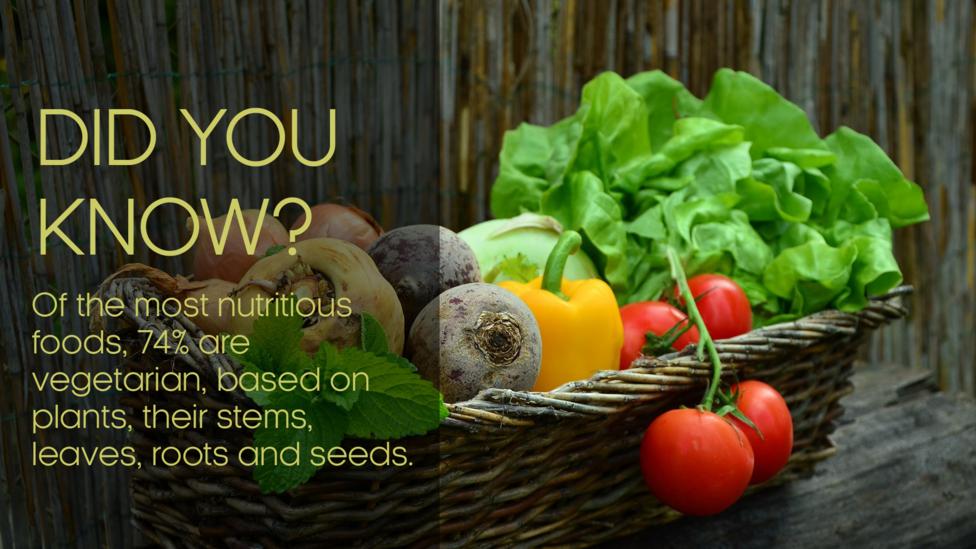
40. CRESS (v)
32kcal, $4.49, per 100g
The brassica Lepidium sativum, not to be confused with watercress Nasturtium officinale. High in iron.
NUTRITIONAL SCORE: 60
39. APRICOTS (v)
48kcal, $0.36, per 100g
A ’stone’ fruit relatively high in sugar, phytoestrogens and antioxidants, including the carotenoid beta-carotene.
NUTRITIONAL SCORE: 60
38. FISH ROE
134kcal, $0.17, per 100g
Fish eggs (roe) contain high levels of vitamin B-12 and omega-3 fatty acids. Caviar often refers to sturgeon roe.
NUTRITIONAL SCORE: 60
37. WHITEFISH
134kcal, $3.67, per 100g
Species of oily freshwater fish related to salmon. Common in the northern hemisphere. Rich in omega-3s.
NUTRITIONAL SCORE: 60
36. CORIANDER (v)
23kcal, $7.63, per 100g
A herb rich in carotenoids, used to treat ills including digestive complaints, coughs, chest pains and fever.
NUTRITIONAL SCORE: 61
35. ROMAINE LETTUCE (v)
17kcal, $1.55, per 100g
Also known as cos lettuce, another variety of Lactuca sativa. The fresher the leaves, the more nutritious they are.
NUTRITIONAL SCORE: 61
34. MUSTARD LEAVES (v)
27kcal, $0.29, per 100g
One of the oldest recorded spices. Contains sinigrin, a chemical thought to protect against inflammation.
NUTRITIONAL SCORE: 61
33. ATLANTIC COD
82kcal, $3.18, per 100g
A large white, low fat, protein-rich fish. Cod livers are a source of fish oil rich in fatty acids and vitamin D.
NUTRITIONAL SCORE: 61
32. WHITING
90kcal, $0.60, per 100g
Various species, but often referring to the North Atlantic fish Merlangius merlangus that is related to cod.
NUTRITIONAL SCORE: 61
31. KALE (v)
49kcal, $0.62, per 100g
A leafy salad plant, rich in the minerals phosphorous, iron and calcium, and vitamins such as A and C.
NUTRITIONAL SCORE: 62
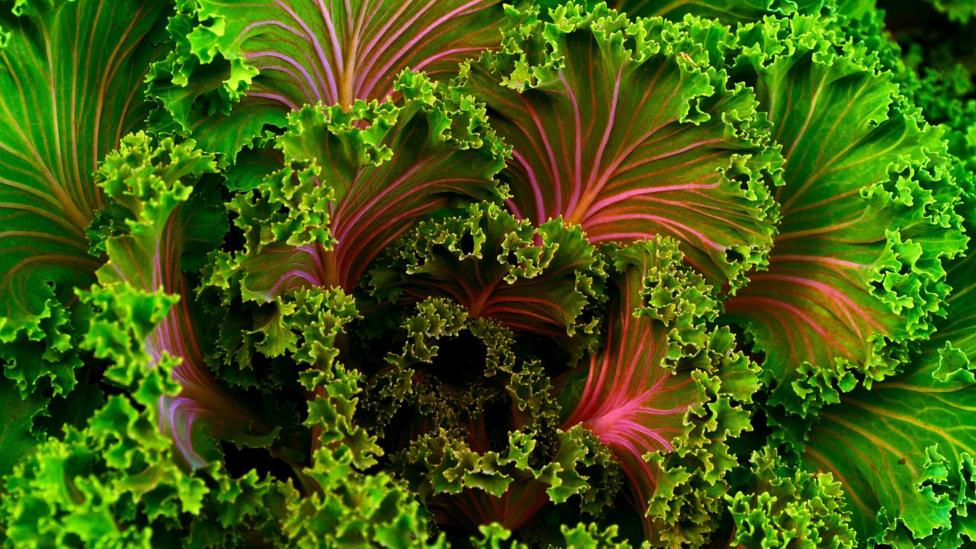
30. BROCCOLI RAAB (v)
22kcal, $0.66, per 100g
Not to be confused with broccoli. It has thinner stems and smaller flowers, and is related to turnips.
NUTRITIONAL SCORE: 62
29. CHILI PEPPERS (v)
324kcal, $1.20, per 100g
The pungent fruits of the Capsicum plant. Rich in capsaicinoid, carotenoid and ascorbic acid antioxidants.
NUTRITIONAL SCORE: 62
28. CLAMS
86kcal, $1.78, per 100g
Lean, protein-rich shellfish. Often eaten lightly cooked, though care must be taken to avoid food poisoning.
NUTRITIONAL SCORE: 62
27. COLLARDS (v)
32kcal, $0.74, per 100g
Another salad leaf belonging to the Brassica genus of plants. A headless cabbage closely related to kale.
NUTRITIONAL SCORE: 63
26. BASIL (v)
23kcal, $2.31, per 100g
A spicy, sweet herb traditionally used to protect the heart. Thought to be an antifungal and antibacterial.
NUTRITIONAL SCORE: 63
25. CHILI POWDER (v)
282kcal, $5.63, per 100g
A source of phytochemicals such as vitamin C, E and A, as well as phenolic compounds and carotenoids.
NUTRITIONAL SCORE: 63
24. FROZEN SPINACH (v)
29kcal, $1.35, per 100g
A salad crop especially high in magnesium, folate, vitamin A and the carotenoids beta carotene and zeazanthin. Freezing spinach helps prevent the nutrients within from degrading, which is why frozen spinach ranks higher than fresh spinach (no 45).
NUTRITIONAL SCORE: 64
23. DANDELION GREENS (v)
45kcal, $0.27, per 100g
The word dandelion means lion’s tooth. The leaves are an excellent source of vitamin A, vitamin C and calcium.
NUTRITIONAL SCORE: 64
22. PINK GRAPEFRUIT (v)
42kcal, $0.27, per 100g
The red flesh of pink varieties is due to the accumulation of carotenoid and lycopene pigments.
NUTRITIONAL SCORE: 64
21. SCALLOPS
69kcal, $4.19, per 100g
A shellfish low in fat, high in protein, fatty acids, potassium and sodium.
NUTRITIONAL SCORE: 64

20. PACIFIC COD
72kcal, $3.18, per 100g
Closely related to Atlantic cod. Its livers are a significant source of fish oil rich in fatty acids and vitamin D.
NUTRITIONAL SCORE: 64
19. RED CABBAGE (v)
31kcal, $0.12, per 100g
Rich in vitamins. Its wild cabbage ancestor was a seaside plant of European or Mediterranean origin.
NUTRITIONAL SCORE: 65
18. GREEN ONION (v)
27kcal, $0.51, per 100g
Known as spring onions. High in copper, phosphorous and magnesium. One of the richest sources of vitamin K.
NUTRITIONAL SCORE: 65
17. ALASKA POLLOCK
92kcal, $3.67, per 100g
Also called walleye pollock, the species Gadus chalcogrammus is usually caught in the Bering Sea and Gulf of Alaska. A low fat content of less than 1%.
NUTRITIONAL SCORE: 65
16. PIKE
88kcal, $3.67, per 100g
A fast freshwater predatory fish. Nutritious but pregnant women must avoid, due to mercury contamination.
NUTRITIONAL SCORE: 65
15. GREEN PEAS (v)
77kcal, $1.39, per 100g
Individual green peas contain high levels of phosphorous, magnesium, iron, zinc, copper and dietary fibre.
NUTRITIONAL SCORE: 67
14. TANGERINES (v)
53kcal, $0.29, per 100g
An oblate orange citrus fruit. High in sugar and the carotenoid cryptoxanthin, a precursor to vitamin A.
NUTRITIONAL SCORE: 67
13. WATERCRESS (v)
11kcal, $3.47, per 100g
Unique among vegetables, it grows in flowing water as a wild plant. Traditionally eaten to treat mineral deficiency.
NUTRITIONAL SCORE: 68
12. CELERY FLAKES (v)
319kcal, $6.10, per 100g
Celery that is dried and flaked to use as a condiment. An important source of vitamins, minerals and amino acids.
NUTRITIONAL SCORE: 68
11. DRIED PARSLEY (v)
292kcal, $12.46, per 100g
Parsley that is dried and ground to use as a spice. High in boron, fluoride and calcium for healthy bones and teeth.
NUTRITIONAL SCORE: 69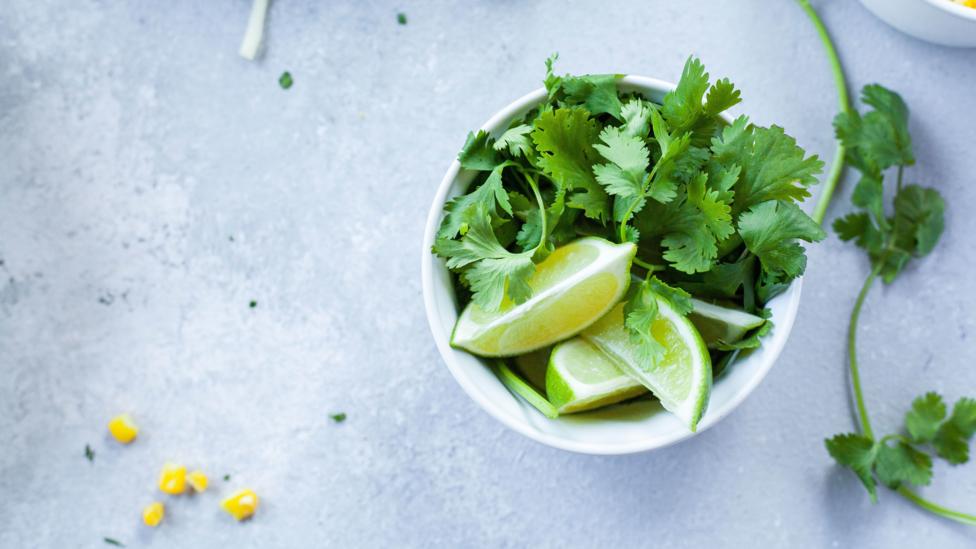
Sprinkling the occasional parsley on your meal could be a good idea
10. SNAPPER
100kcal, $3.75, per 100g
A family of mainly marine fish, with red snapper the best known. Nutritious but can carry dangerous toxins.
NUTRITIONAL SCORE: 69
9. BEET GREENS (v)
22kcal, $0.48, per 100g
The leaves of beetroot vegetables. High in calcium, iron, vitamin K and B group vitamins (especially riboflavin).
NUTRITIONAL SCORE: 70
8. PORK FAT
632kcal, $0.95, per 100g
A good source of B vitamins and minerals. Pork fat is more unsaturated and healthier than lamb or beef fat.
NUTRITIONAL SCORE: 73
7. SWISS CHARD (v)
19kcal, $0.29, per 100g
A very rare dietary source of betalains, phytochemicals thought to have antioxidant and other health properties.
NUTRITIONAL SCORE: 78
6. PUMPKIN SEEDS (v)
559kcal, $1.60, per 100g
Including the seeds of other squashes. One of the richest plant-based sources of iron and manganese.
NUTRITIONAL SCORE: 84
5. CHIA SEEDS (v)
486kcal, $1.76, per 100g
Tiny black seeds that contain high amounts of dietary fibre, protein, a-linolenic acid, phenolic acid and vitamins.
NUTRITIONAL SCORE: 85
4. FLATFISH
70kcal, $1.15, per 100g
Sole and flounder species. Generally free from mercury and a good source of the essential nutrient vitamin B1.
NUTRITIONAL SCORE: 88
3. OCEAN PERCH
79kcal, $0.82, per 100g
The Atlantic species. A deep-water fish sometimes called rockfish. High in protein, low in saturated fats.
NUTRITIONAL SCORE: 89
2. CHERIMOYA (v)
75kcal, $1.84, per 100g
Cherimoya fruit is fleshy and sweet with a white pulp. Rich in sugar and vitamins A, C, B1, B2 and potassium.
NUTRITIONAL SCORE: 96
1. ALMONDS (v)
579kcal, $0.91, per 100g
Rich in mono-unsaturated fatty acids. Promote cardiovascular health and may help with diabetes.
NUTRITIONAL SCORE: 97
